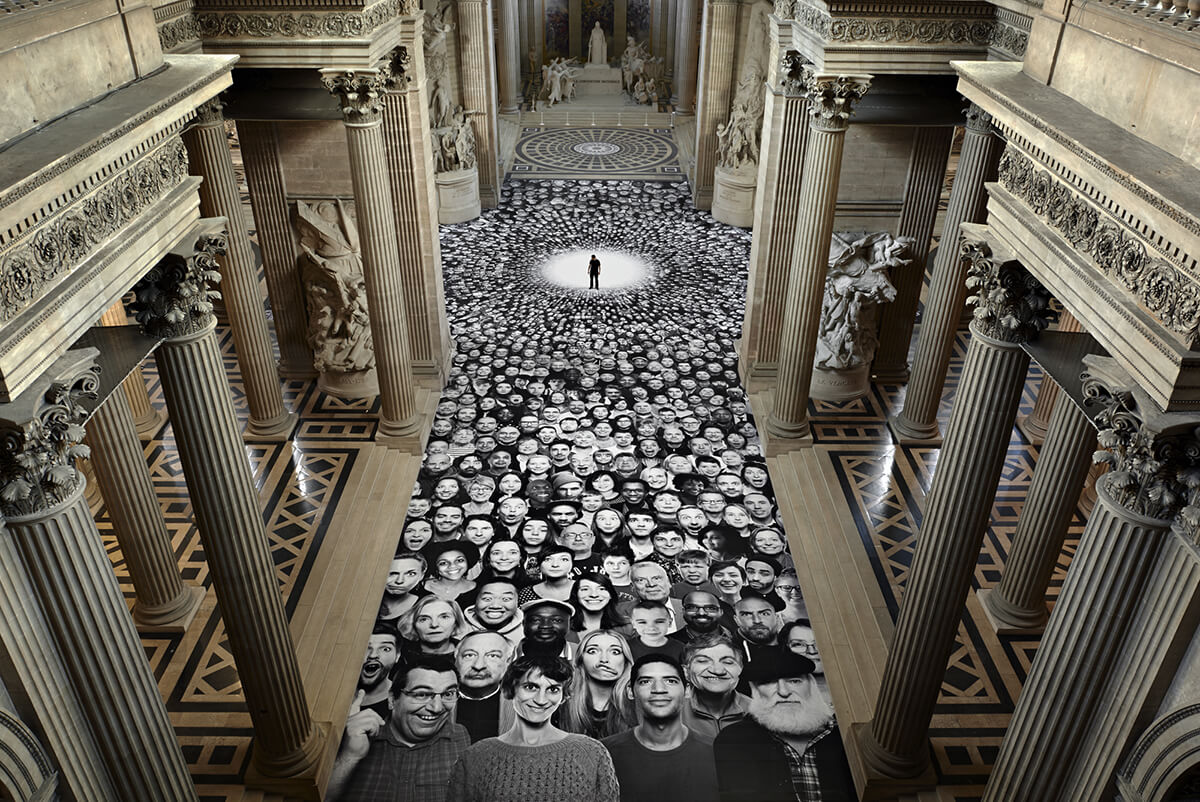
‘Inside Out, Au Pantheon, Nef, Paris, France’; by JR (2014)
It’s not just the consumption of art that is being revolutionised by technology; it’s all about the democratisation of who can become a creative, and the effect this can have on society, says Mollie Dent-Brocklehurst
A LUX x ROSEWOOD COLLABORATION
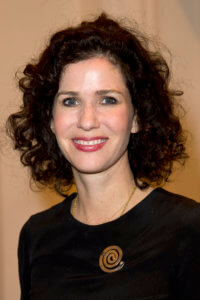
Mollie Dent-Brocklehurst
A few years ago, I became aware of teamLab, an extraordinary group of artists based in Tokyo. They have over 500 members in their organisation, and they come from all walks of life. When you meet them and exchange business cards, you will find one might be an architect, one might be a programmer. It’s quite an astonishing group, all working together to create these amazing visual experiences. At the time, they had had numerous exhibitions in Japan; their immersive interactive digital works result in hugely colourful exhibitions.
Follow LUX on Instagram: the.official.lux.magazine
Most of their subject matter is based on the natural environment: they create flowers, birds, trees, fish, butterflies and waterfalls, and the viewer becomes part of the experience of the exhibition. Through the way in which their algorithms work, the artworks respond to and interact with visitors. Some of the pieces are very large, such as one in Tokyo where you roll up your trousers, take your shoes off and walk across the floor, and (digital) fish touch you, swim around you and swim away. In these exhibitions, the work is programmed at the start of the exhibition, but is influenced by the visitors. The artist stops having control from the moment the first visitor appears, which moves things on from the repetitive visual loop you would see in earlier video art displays.
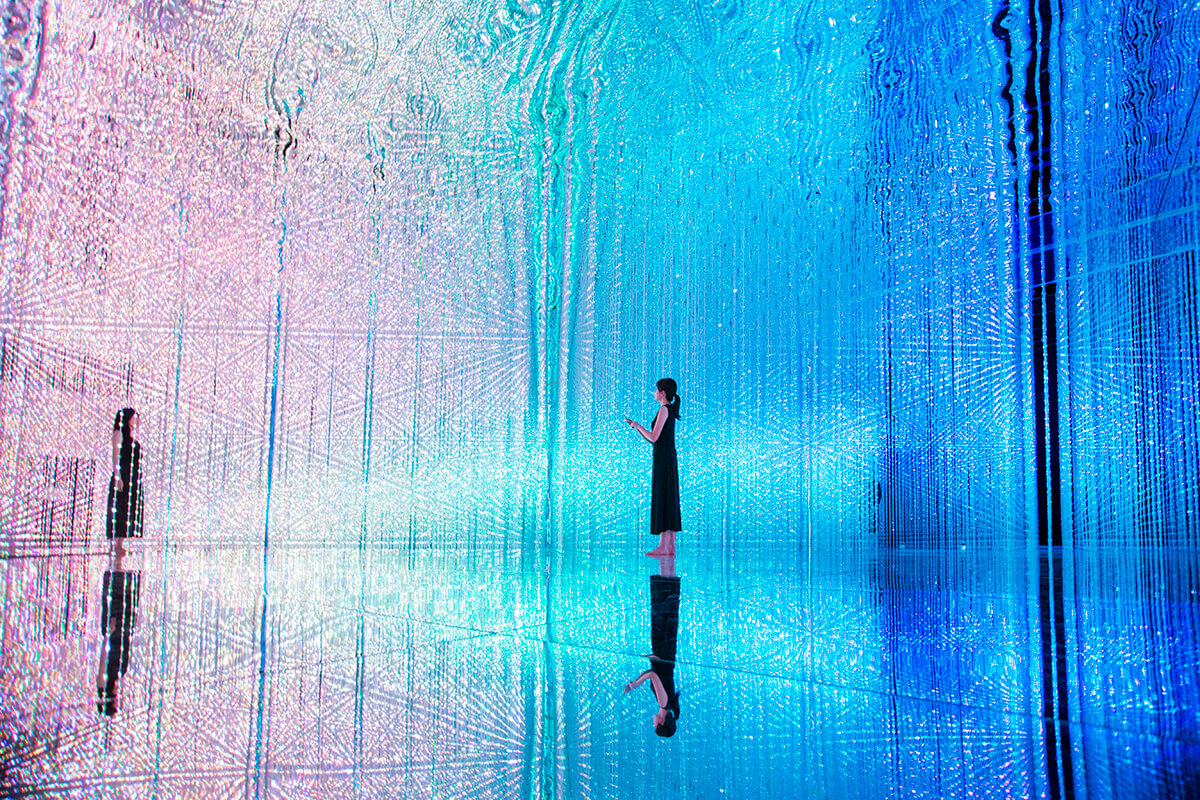
teamLab digital art installation ‘The Infinite Crystal Universe’
It was when we [Pace Gallery] were hosting a show in Palo Alto, California, by teamLab, in the old Tesla factory, that it became evident that the old ‘white cube art gallery’ model was not the way to support artists such as these. The exhibition was ticketed, the space was huge, and it travelled to London and Beijing; its size and reach were beyond anything a traditional private gallery could host, as it had large-scale public appeal.
Tech engineers and programmers creating art is a major change for the future of creativity in general, and the art world in particular. Five or 10 years ago, I felt the art world to be slow on the uptake of technology. These artists are now creating a new world of art through technology, understanding the tools you need to bring the disciplines together. You have teams of people with science and technology backgrounds and others who have studied art together in a studio – people with sharply different backgrounds and skill sets. It’s unlikely you would have had engineers in an art studio just a decade ago.
Read more: Canary Wharf Group’s MD Camille Waxer on urban transformation
This means that participation is no longer just about the art world; we are reaching a much broader audience. Previously, the art world was confined to a very small percentage of people. Now the reach of these new types of art is much broader; through social media, millions are seeing it, and millions are visiting exhibitions by artists such as teamLab, JR or Random International. Studio Drift, a team we work with in the Netherlands, has just had an exhibition at the Stedelijk Museum in Amsterdam, which was one of the most-visited shows the museum has ever done.
They have a much wider reach than a typical contemporary art show. This in turn means there is a whole new category of people experiencing this kind of creativity, who wouldn’t go to see a show of works on canvas. It opens doors to new audiences, and it also by extension gives the opportunity for people to start to see themselves as artists who may not have otherwise considered doing so.
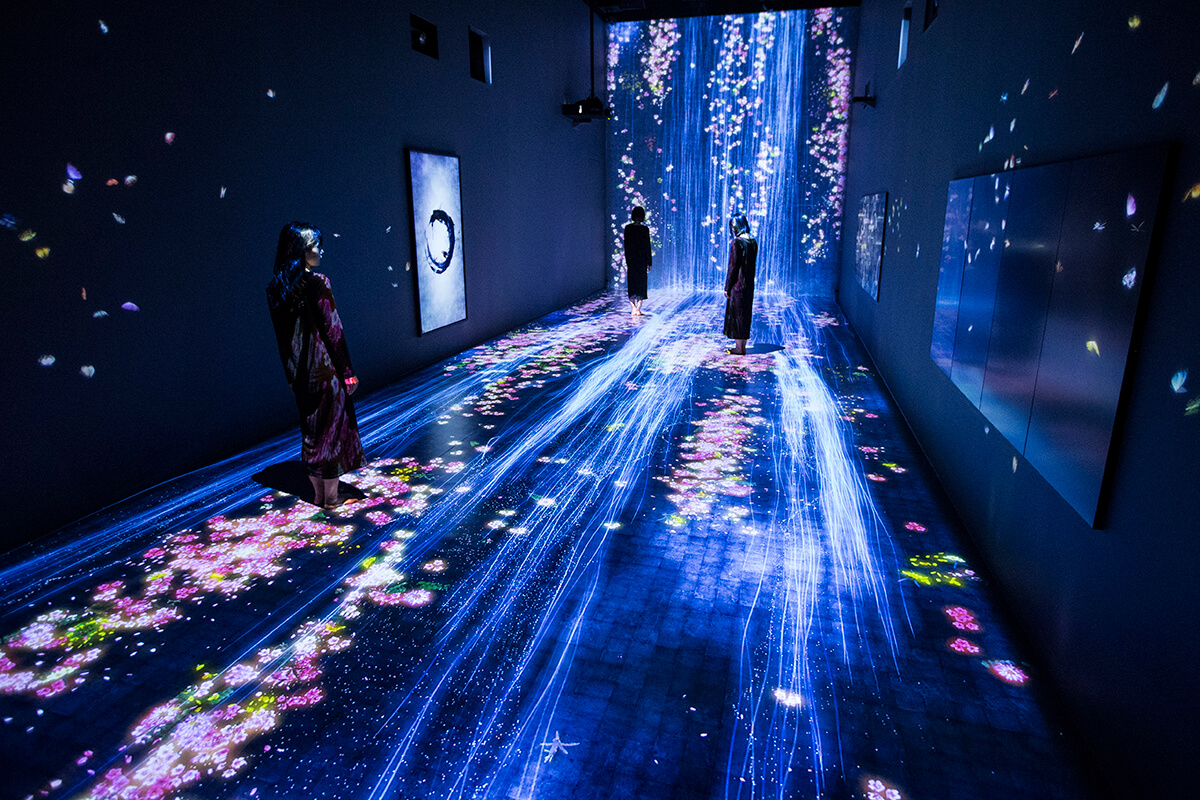
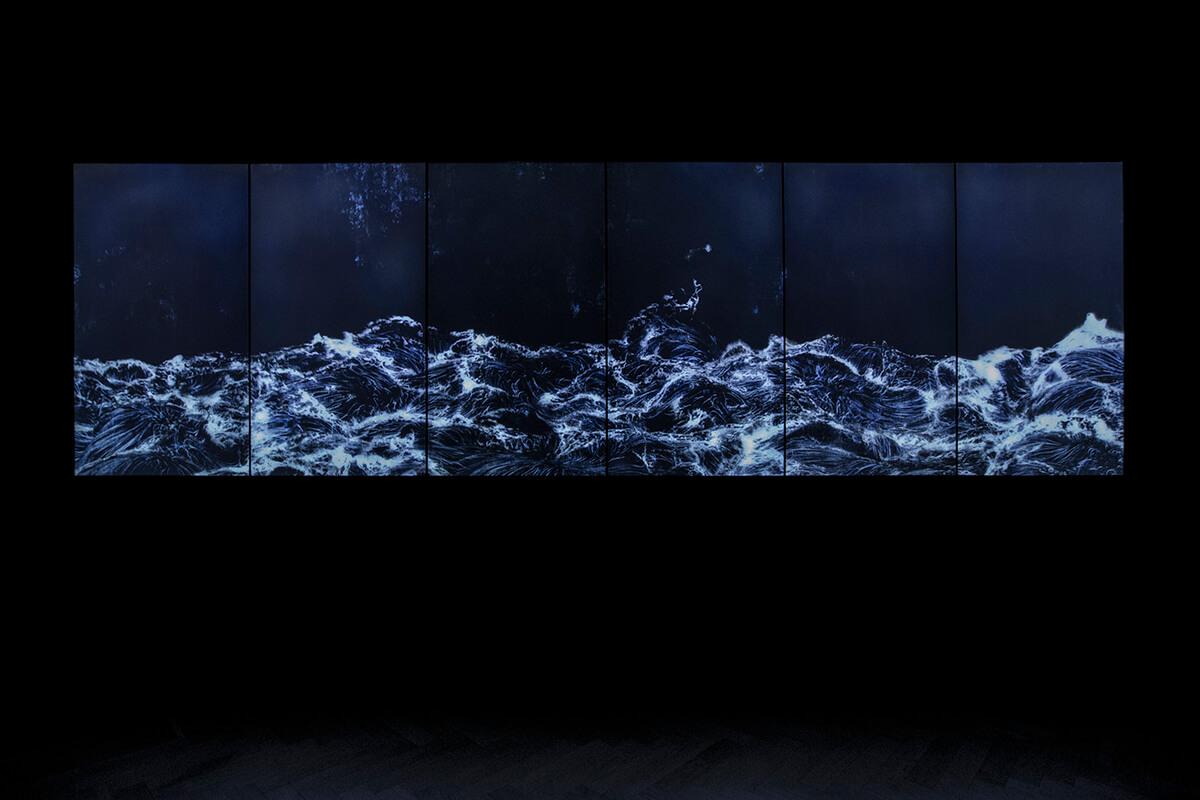
Here and above: ‘Trancending Boundaries’ by teamLab
We are in a moment in time when much is changing. Groups of artists have a much bigger reach, they are involved in conversations around nature and sustainability and technology, and all these artists care very much about how art can be part of people’s lives, moving nature into the built environment, and seeing how nature can be incorporated into modern life.
With FuturePace (through which we represent artist groups like these) and our partner Futurecity, we are involved in conversations with airports, cities and placemakers. There is a public realm element to it, lifting people’s lives with art experiences. JR, for example, is not just a street artist. He has a message he wants to convey, he is understood by a very broad swathe of people (he has 1.2 million Instagram followers) and his work has the power to transform societies. He has worked in favelas in Brazil, set up schools, started projects to feed homeless people, and worked against gun crime. He has seen that art has the power to speak to people and transform. He is very passionate and energetic in what he does, and he deals with art that is aimed to be visible to the many, not the few. And his art is not just for the wealthy. The democratisation of art is the next frontier, outside of the world of the galleries. It is an inclusive movement, inclusive of people who can make it and also of those who can consume it.
Mollie Dent-Brocklehurst is a former president of Pace London, the international gallery group, and co-founder of FuturePace, a collaboration between Pace and the placemaking city developer Futurecity. Find out more: future-pace.com
This article was originally published in the Winter 2019 issue.
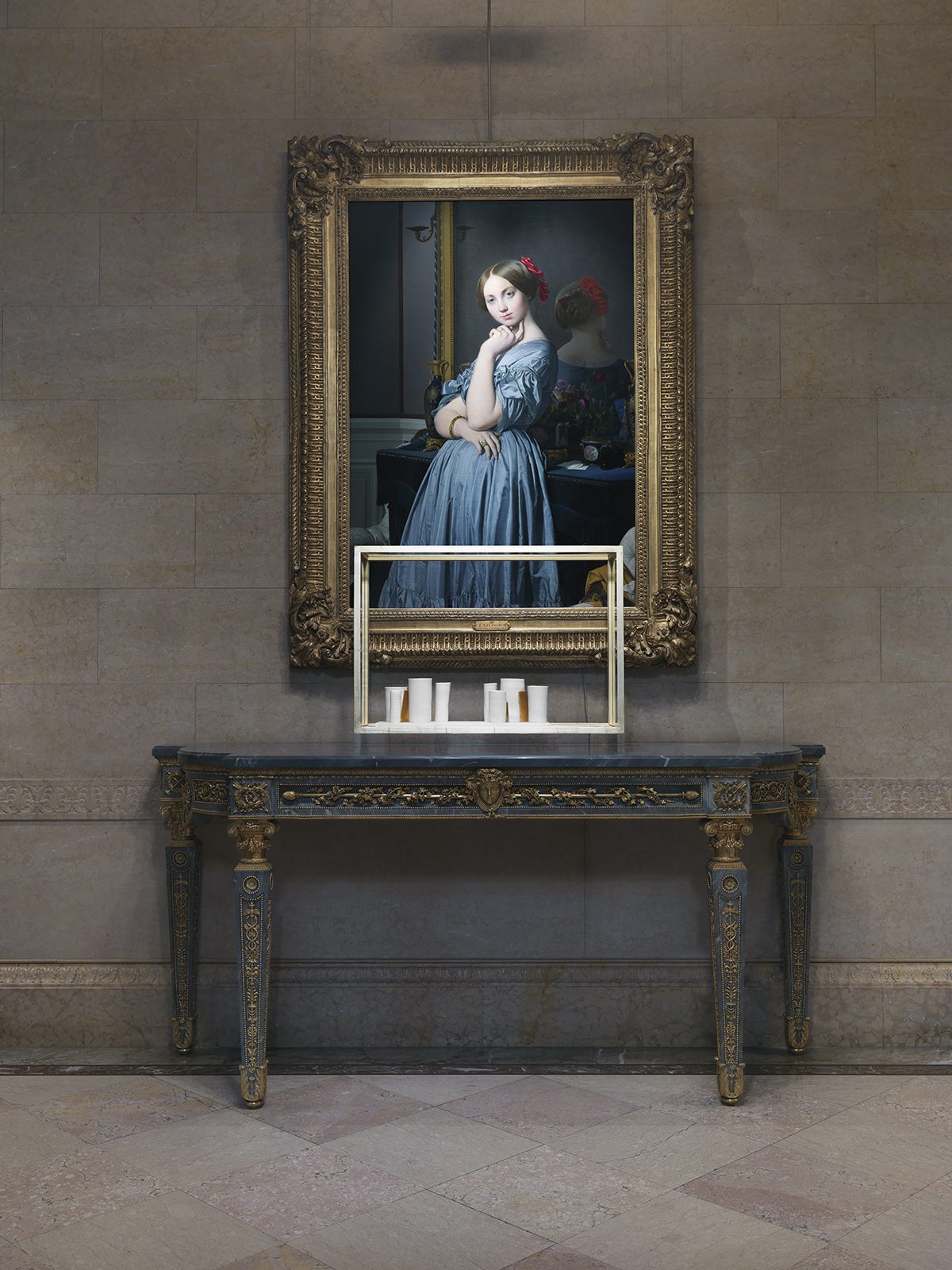
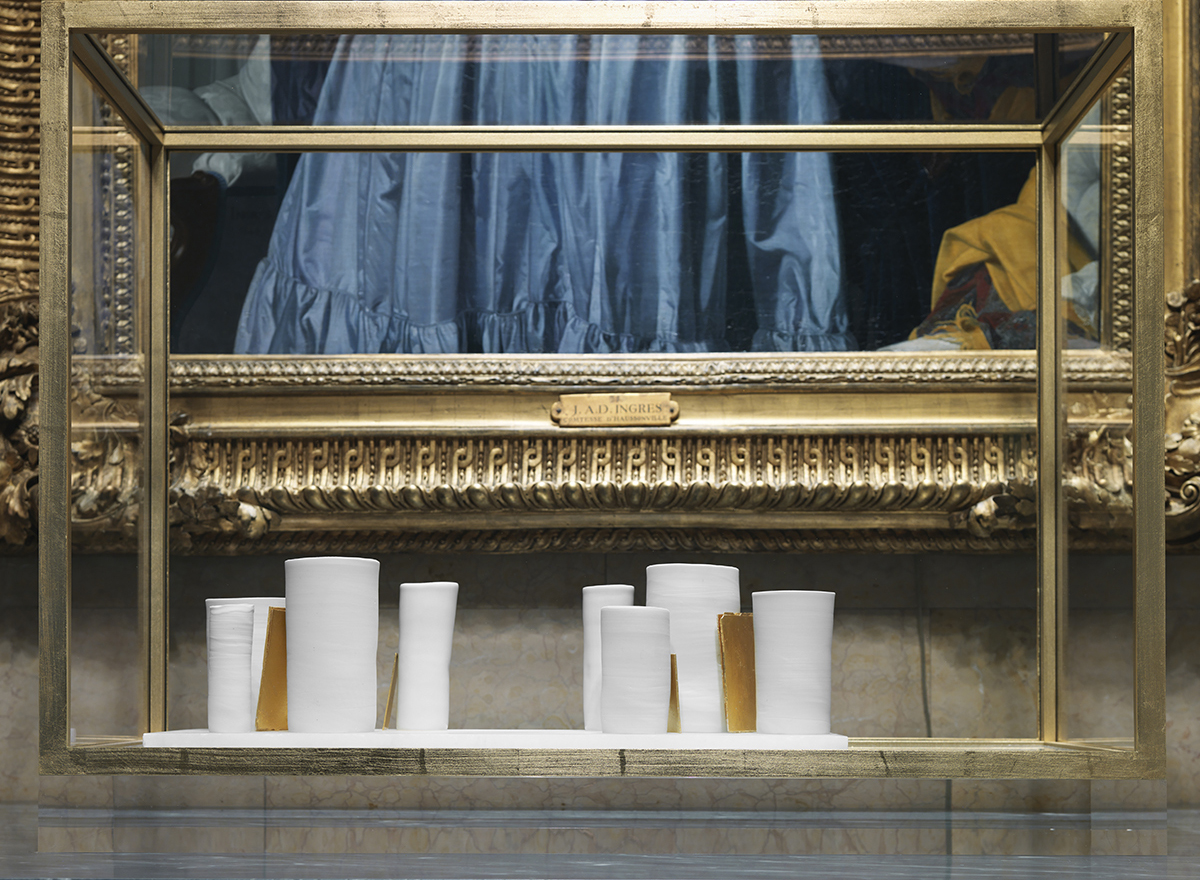
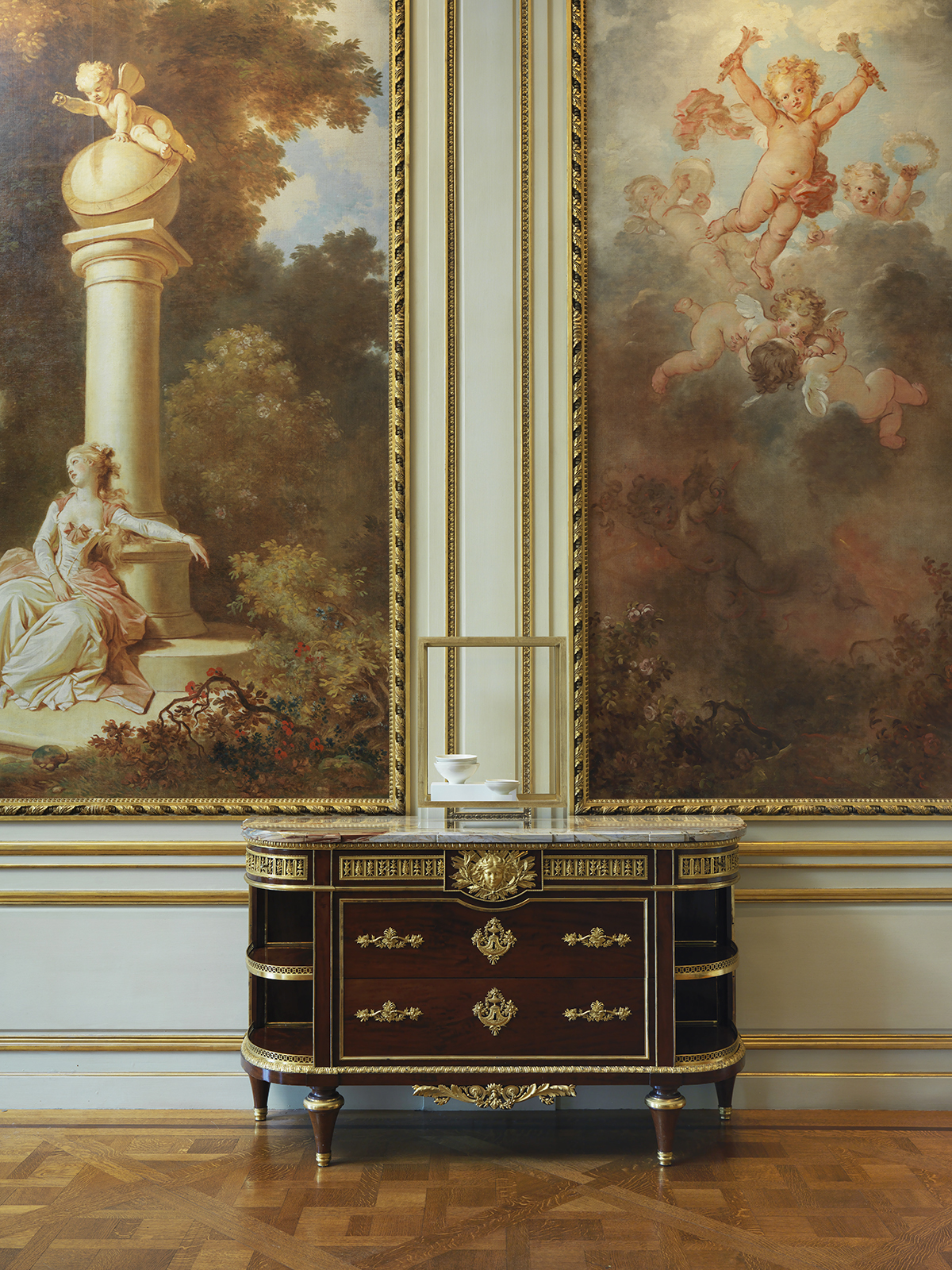

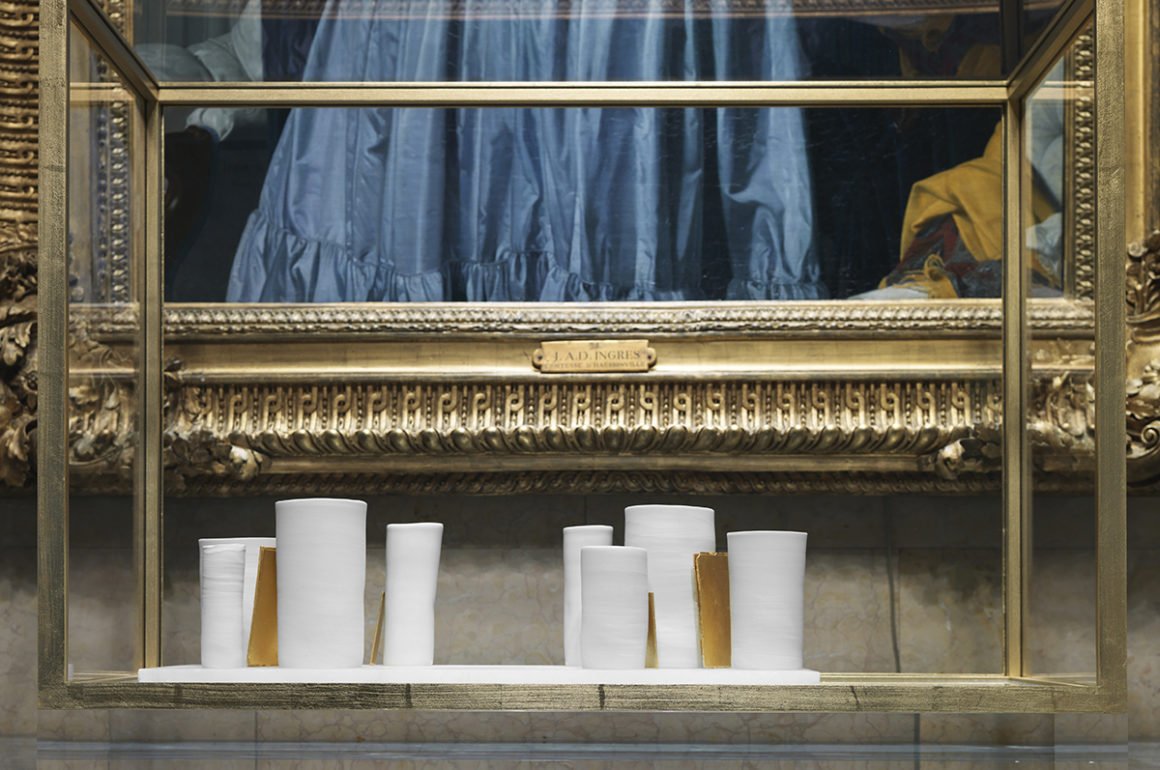
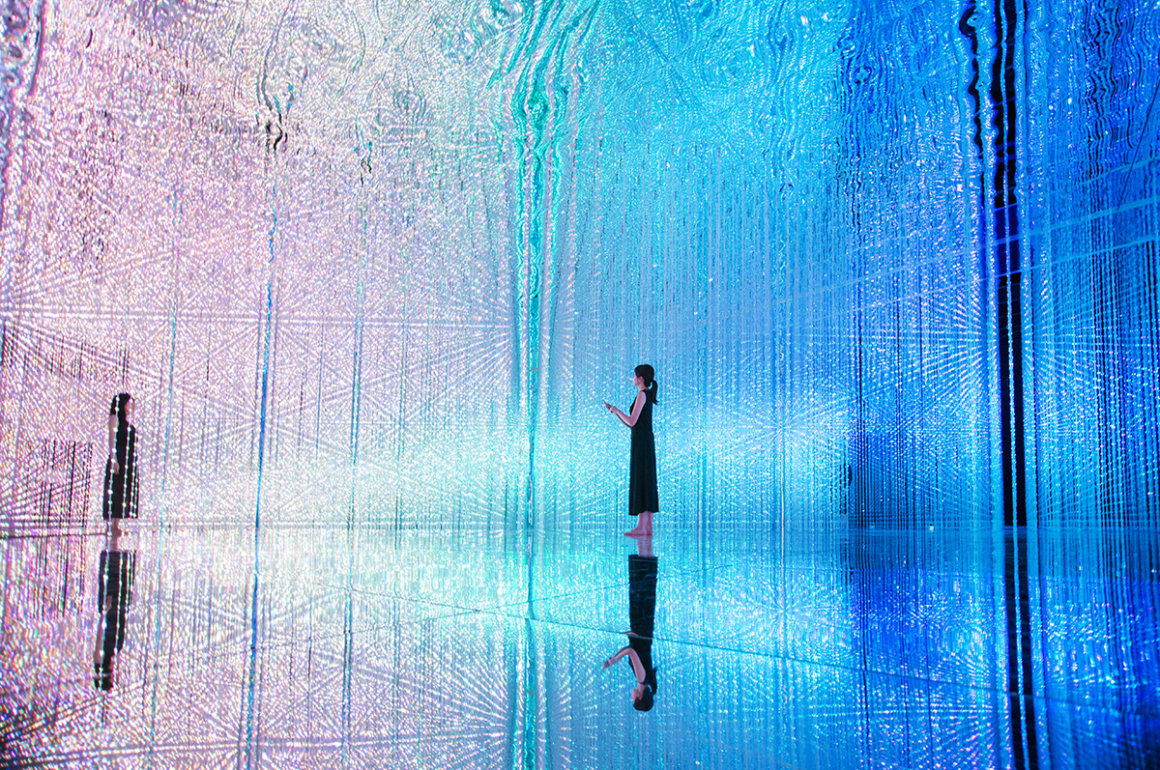










Recent Comments